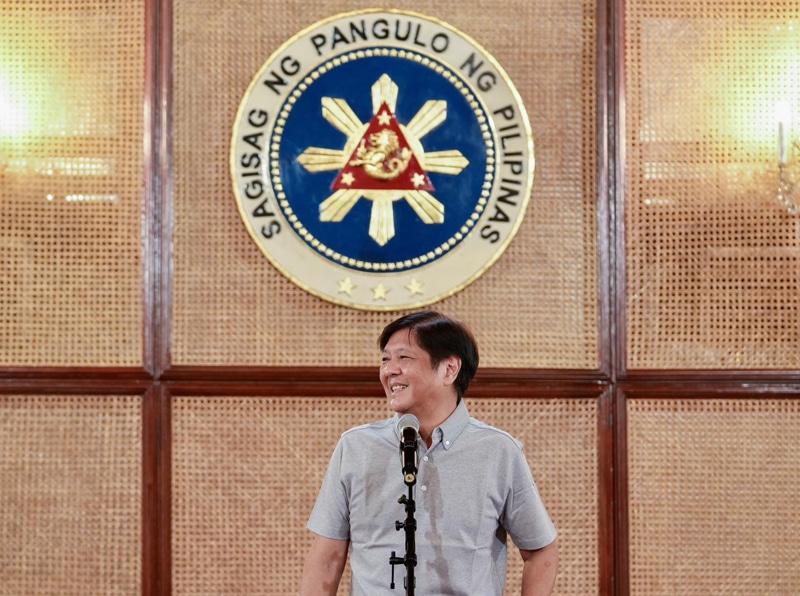Tariffs on many imported goods will go down by June 2 under the terms of the Regional Comprehensive Economic Partnership (RCEP), Trade Secretary Alfredo Pascual said Thursday.
President Ferdinand Marcos Jr. will sign an executive order on the new tariff schemes, Pascual added.
The draft EO was among the measures approved by the National Economic and Development Authority (NEDA) board, which Marcos chairs.
Pascual said the order will be the basis for the Bureau of Customs to issue an administrative order to be distributed to all ports to allow preferential tariffs on imports from RCEP member countries.
Pascual allayed concerns that cheap imports will push out local agricultural products.
He said the draft EO will also maintain current preferential tariffs on about 98.1 percent of the 1,718 agricultural tariff lines and 82.7 percent of the 8,102 tariff lines.
“Out of the 1,685 agricultural tariff lines retained at current rates, 1,426 tariff lines are maintained at 0 while 154 tariff lines will remain in their respective most favored nation rates and excluded from any tariff concessions,” he said.
Agricultural tariffs on 105 lines, he said, which are in the sensitive and highly sensitive list will be “generally lower than MFN (most-favored nation) rates in the 20th year of RCEP.”
Their rates, however, will still be higher or at par with ASEAN plus 1 rates.
“There is really not one going below the ASEAN plus 1 rates to which the Philippines is already committed,” he said.
These tariff lines will include agricultural products “not really being produced very much” in the country, he said.
RCEP is the largest regional free trade agreement in the world, accounting for 30 percent of the world’s population, 29 percent of gross domestic product (GDP), 29 percent of trade and 33 percent of global inward investments in 2020.
It includes the 10 member states of the Association of Southeast Asian Nations (ASEAN) and its five free-trade agreement partners: Australia, China, Japan, New Zealand and the Republic of Korea.
The Senate approved the ratification of the country’s membership in RCEP on Feb. 21.
During the NEDA board meeting, the President said the government willneed to help the public understand the benefits of the trade agreement.
“There is an opportunity here and it’s up to us on how to take full advantage of it,” he said. “So as the government, we must explain it deeper to small businesses, to large businesses.”
The President instructed agencies to “make it very clear” to the people that the RCEP can benefit the country’s agriculture sector.
“Basically, we now have access to a two billion population market,” he said, adding that the Philippines should strengthen its manufacturing and production to make it more competitive regionally.
At the same time, he said, the trade bloc could create new assets for the country, and give it access to supply lines that it did not have.
In a separate briefing, Pascual described RCEP as a “beneficial economic partnership agreement which provides opportunities for market access on trade, services and investments.”
“The agreement also establishes clear, stable and predictable rules on trade and investments in our region which makes it more convenient and competitive for Philippine businesses and stores to be integrated into the global economy,” Pascual said.





